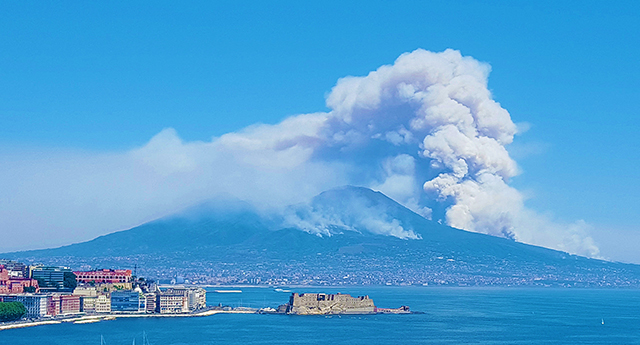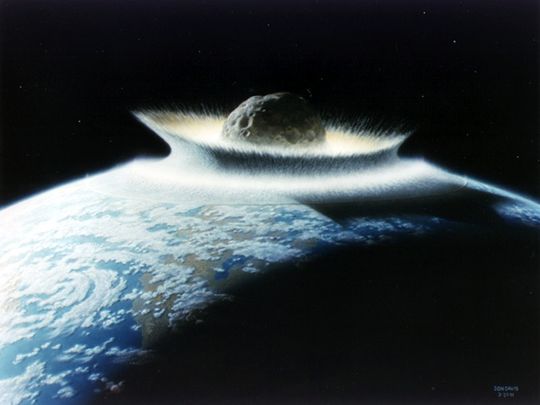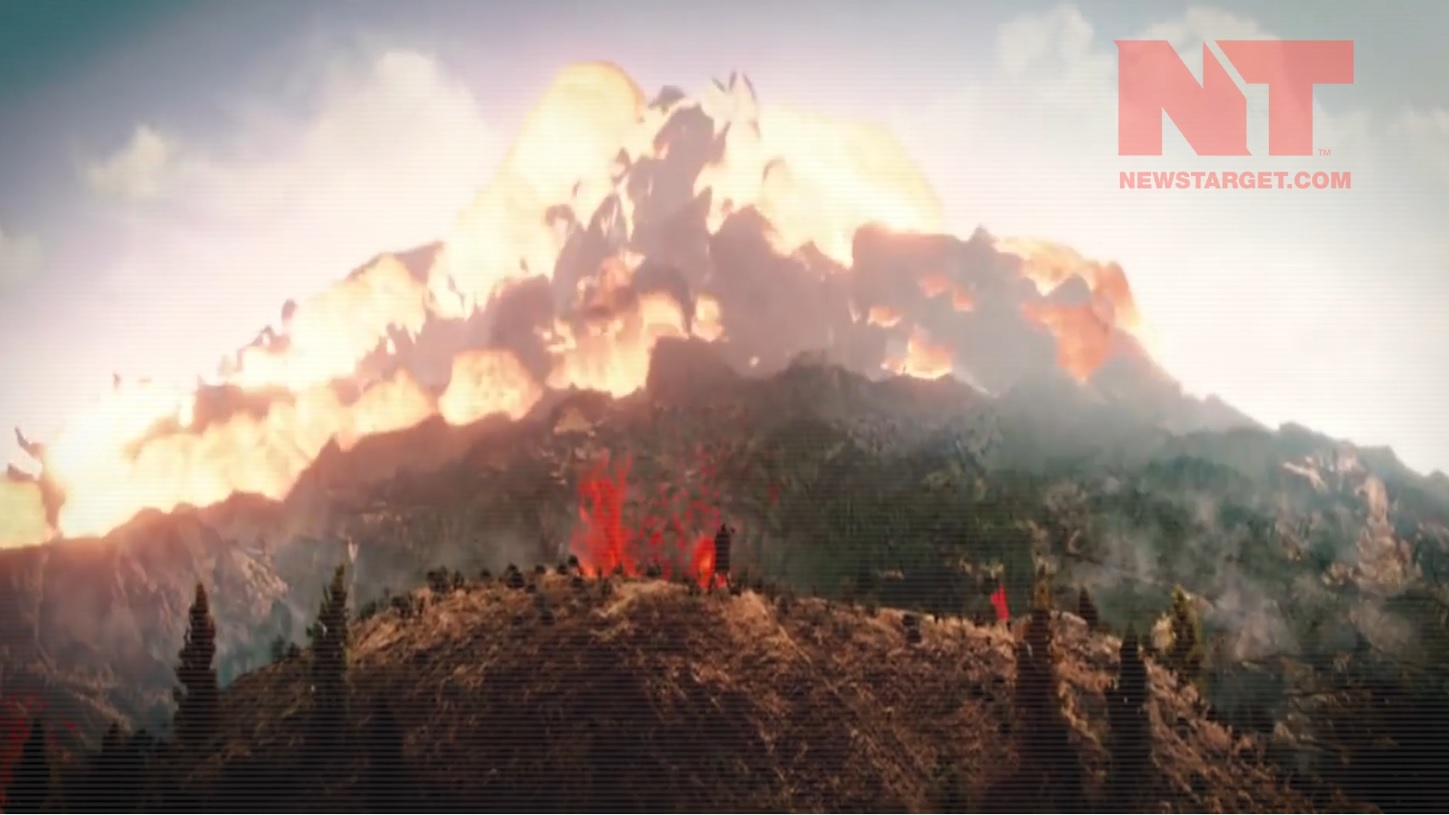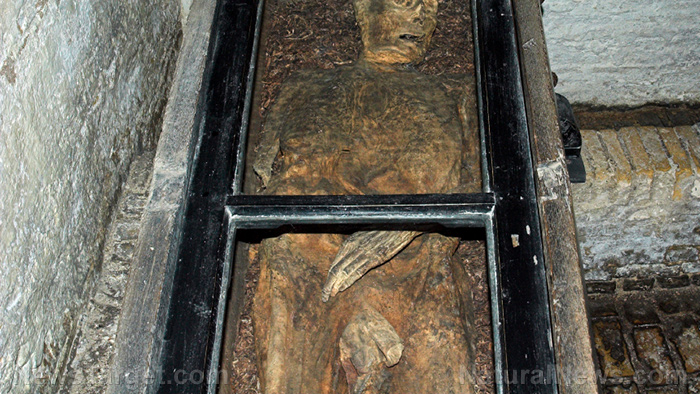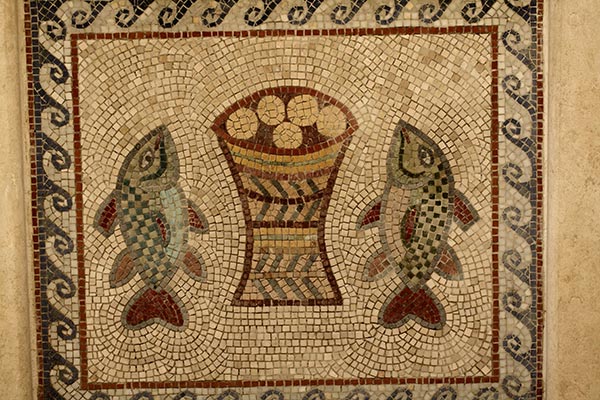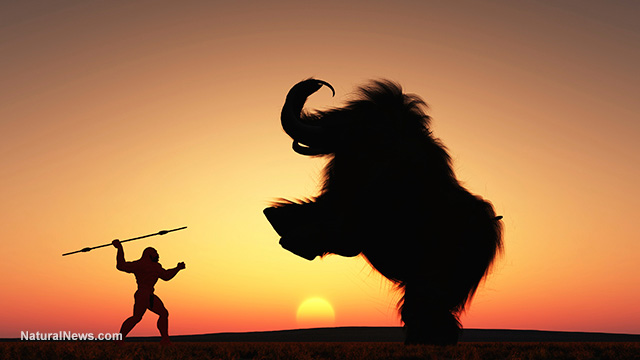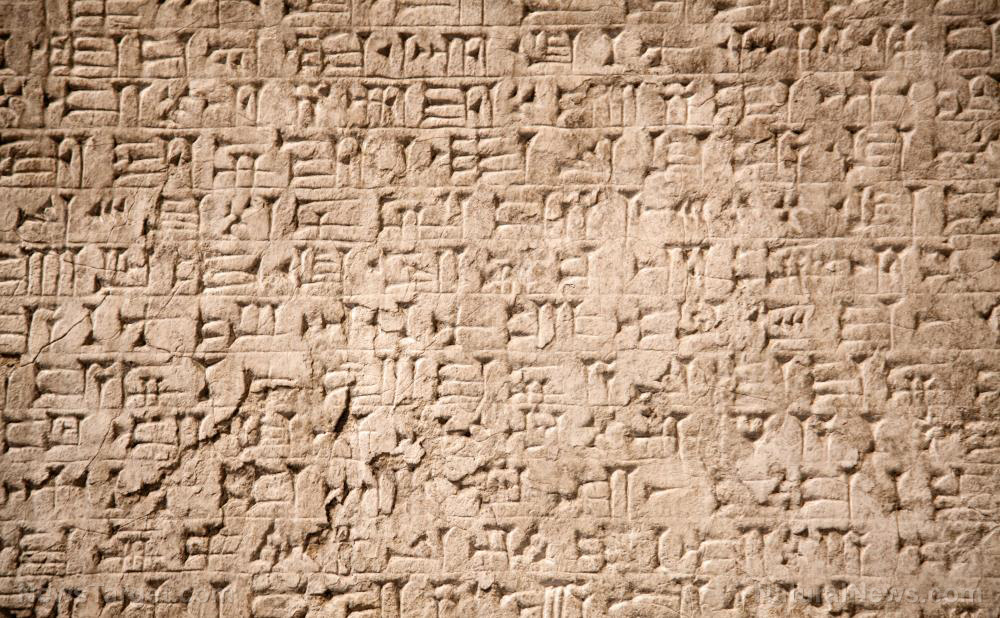The longest trail of fossilized footprints hints at an ancient woman and child’s dangerous trek in the wild
10/26/2020 / By Virgilio Marin
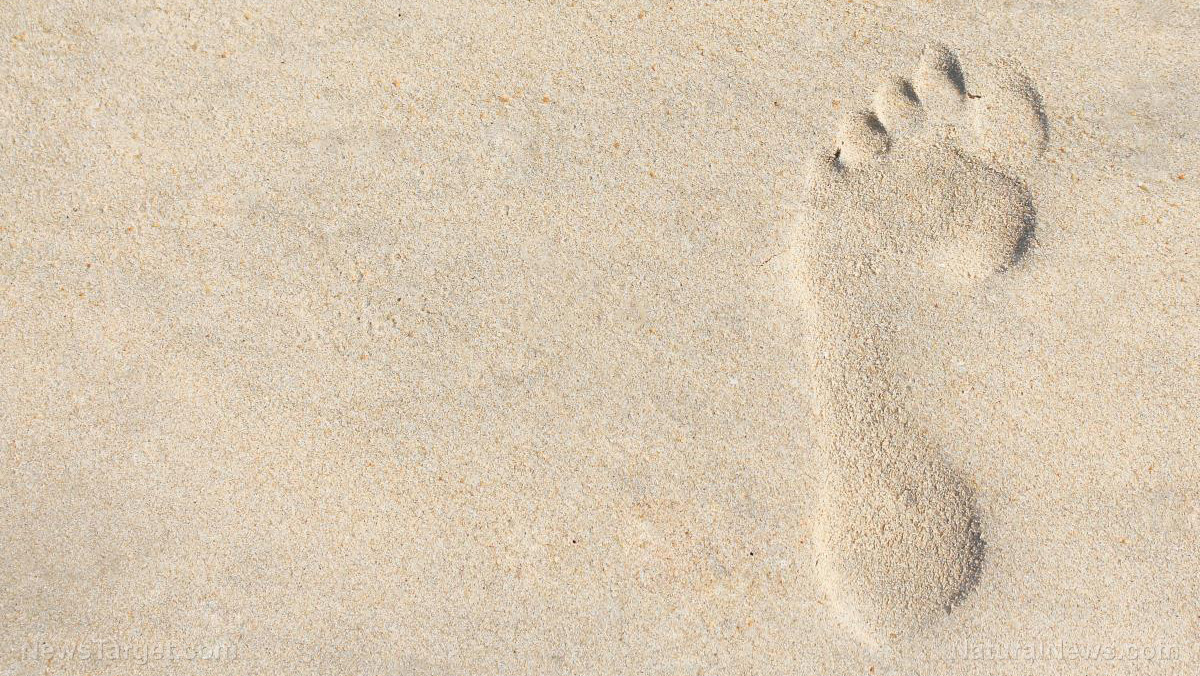
Researchers from the U.S. and the U.K. have uncovered the longest fossilized trackway made by man. Discovered in 2018, the trail of footprints stretches nearly a mile in what’s now the White Sands National Park in New Mexico.
The team suggests that the trail was left by a woman carrying a toddler as they rushed across a muddy lakebed some 10,000 to 13,000 years ago. The lake bed, or playa, is also teeming with several animals’ footprints, including wolves, saber-toothed cats and mammoths. The pair, aware of grave danger, followed a straight path to minimize their time in the wild, the team said in a paper published in the Quaternary Science Reviews.
Footprints suggest woman and child hurried cross lakebed
In an article for the Conversation, two of the study authors, Matthew Robert Bennett and Sally Christine Reynolds of Bournemouth University in the U.K., wrote that the perilous journey was likely exhausting as the playa was wet and slick with mud.
The researchers estimated that the woman, who could also have had been a male teen, was walking at over 3.8 miles per hour (mph) as she carried the two-year-old toddler. The casual walking speed was about 2.6 to 3.4 mph on a flat dry surface, according to Bennet and Reynolds.
A 3D analysis of the shape of the footprints also confirmed that the carrier was in a rush. Her tracks were joined by a series of small footprints in some locations, suggesting that she put the child down to change hips or rest.
The woman did not deviate from a straight course. What’s more, she later followed the same path on a return journey from her initial destination. This time, however, the analysis showed that she traveled alone.
“The tracks of the homeward journey are less varied in shape and have a narrower form,” wrote Bennet and Reynolds.
Animals crossed over the footprints
The team also found the fossil tracks of several animals in the area, including sloths, mammoths, saber-toothed cats, dire wolves and camels. A sloth and a mammoth crossed the woman’s outgoing trackway. And when the woman was on her way back, she crossed the animals’ footprints.
The researchers suspect that the sloth was aware a human had been in the playa. It likely reared up on its hind legs as it approached the human trackway, pausing and trampling the footprints before dropping on all fours and scurrying away. But the mammoth did not seem to notice the human passage, the team said.
All told, the trackway indicated that the pair belonged to a socially organized group of humans. “[They] knew their destination and were assured of a friendly reception,” wrote Bennet and Reynolds. They noted, however, that there are still a lot of questions.
For one, it’s unclear whether the woman, if she were indeed one, was the child’s mother or was returning the toddler to its family. And why the child was away in the first place – was it sick? What was the woman doing alone in the playa? – is anyone’s guess. (Related: Archaeologists uncover bizarre Germanic lord’s tomb circled with the graves of women who may be his concubines.)
“What we can say is that the woman is likely to have been uncomfortable on that hostile landscape, but was prepared to make the journey anyway,” wrote Bennet and Reynolds.
Another study, published early this year in the journal Science Advances, uncovered human footprints dating back 120,000 years in what is now the Nefud Desert in Saudi Arabia. The fossils were found alongside several animal tracks, including those of a wild ass, a buffalo, elephants and camels. The discovery marks the first time genuine human footprints were found in the Arabian Peninsula.
Read more articles about recent archaeological discoveries at Artifacts.news.
Sources include:
Tagged Under: ancient history, animals, Archaeology, artifacts, cool science, discovery, early humans, fossilized footprints, fossils, mammoth, research
RECENT NEWS & ARTICLES
COPYRIGHT © 2018 REALHISTORY.NEWS
All content posted on this site is protected under Free Speech. RealHistory.news is not responsible for content written by contributing authors. The information on this site is provided for educational and entertainment purposes only. It is not intended as a substitute for professional advice of any kind. RealHistory.news assumes no responsibility for the use or misuse of this material. All trademarks, registered trademarks and service marks mentioned on this site are the property of their respective owners.


